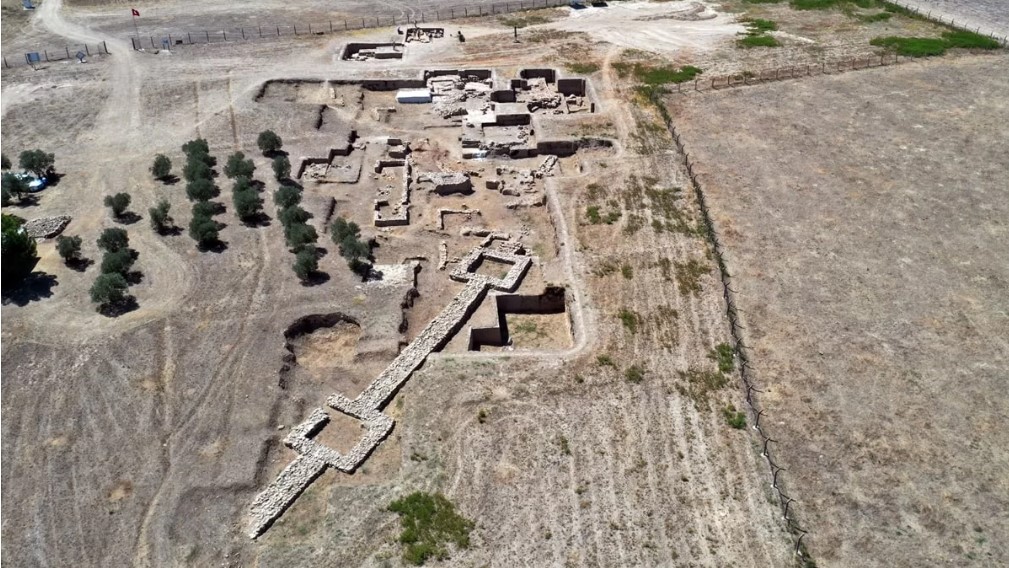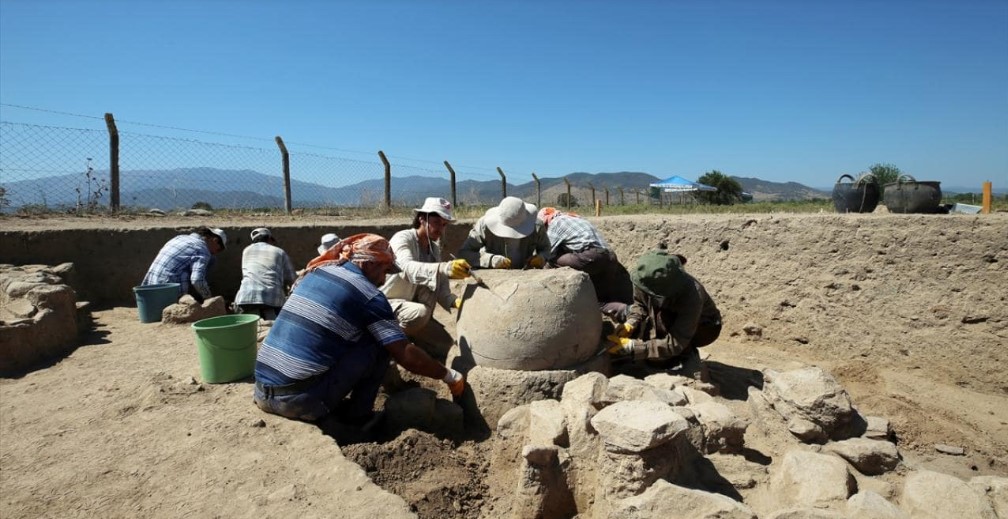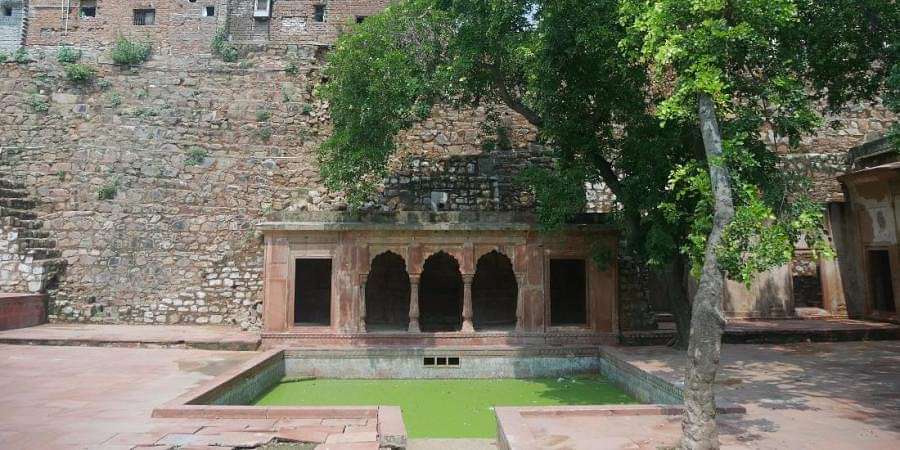Discovery of Ancient Palace-like Structure at Tepecik Mound in Aydın, Turkey
Archaeological explorations at Tepecik Mound in Turkey’s Çine district, Aydın province, have unveiled a significant find—a palace-like edifice dating back to the 13th century BCE, possibly a temple, accompanied by grain storage vessels. Situated amidst olive groves and cornfields on Çine Plain, Tepecik Mound has been the focus of excavations led by Professor Sevinç Günel of Hacettepe University’s archaeology department since 2004.

Over the course of 17 years, these excavations have yielded fascinating discoveries. Among them are three towers, a chamber believed to have hosted officials during the period, and obsidian—a material crucial for toolcraft. In 2021, a ceramic-tiled oven was also revealed at the site, which had previously held prominence as a trade hub.
Prof. Günel highlighted the site’s continuous habitation spanning 7,500 years, with a focus on the settlement and cultural strata from the 2000s BCE. Notably, architectural remnants from the Late Bronze Age, specifically the 13th century BCE, have astounded researchers, unveiling a remarkably robust wall structure indicative of a public edifice.
Günel noted the exceptional thickness and intricate wall construction of this structure. Early assessments suggest it might have been a palace, temple, or another significant public building. The large storage jars found in its vicinity hint at its role as a warehouse—a storage area associated with this splendid architectural piece. Günel emphasized the complexity of the structure’s architecture, hinting at a possible temple or palace, yet urging caution in definitive categorization.

Tepecik’s historical significance as an obsidian and agricultural trade center has already been illuminated by previous excavations. This year’s discovery of the storage jars further reinforces the site’s role in a thriving agricultural economy. As these jars are presumed to belong to the Arzava or Mira Kingdom, an entity affiliated with the Hittite Kingdom during 1350-1300 BC, the contents within will undergo archaeobotanical analysis.
This find at Tepecik Mound underscores the importance of ongoing archaeological endeavors in unearthing glimpses of our distant past, enriching our understanding of ancient civilizations and their socio-economic intricacies.




